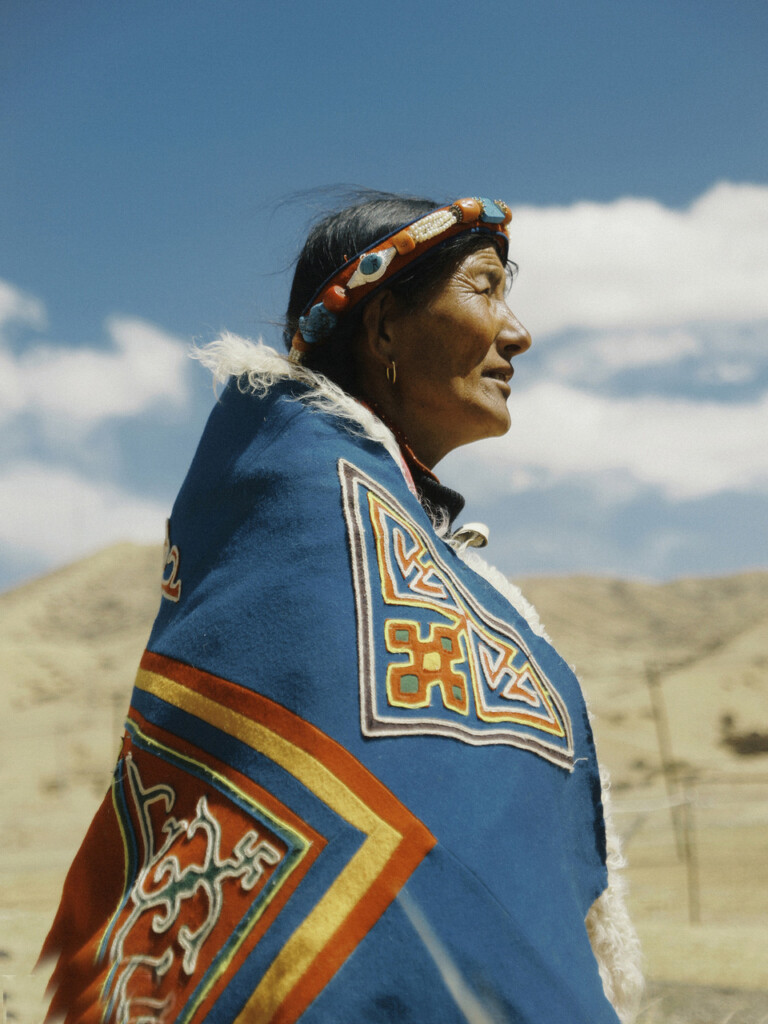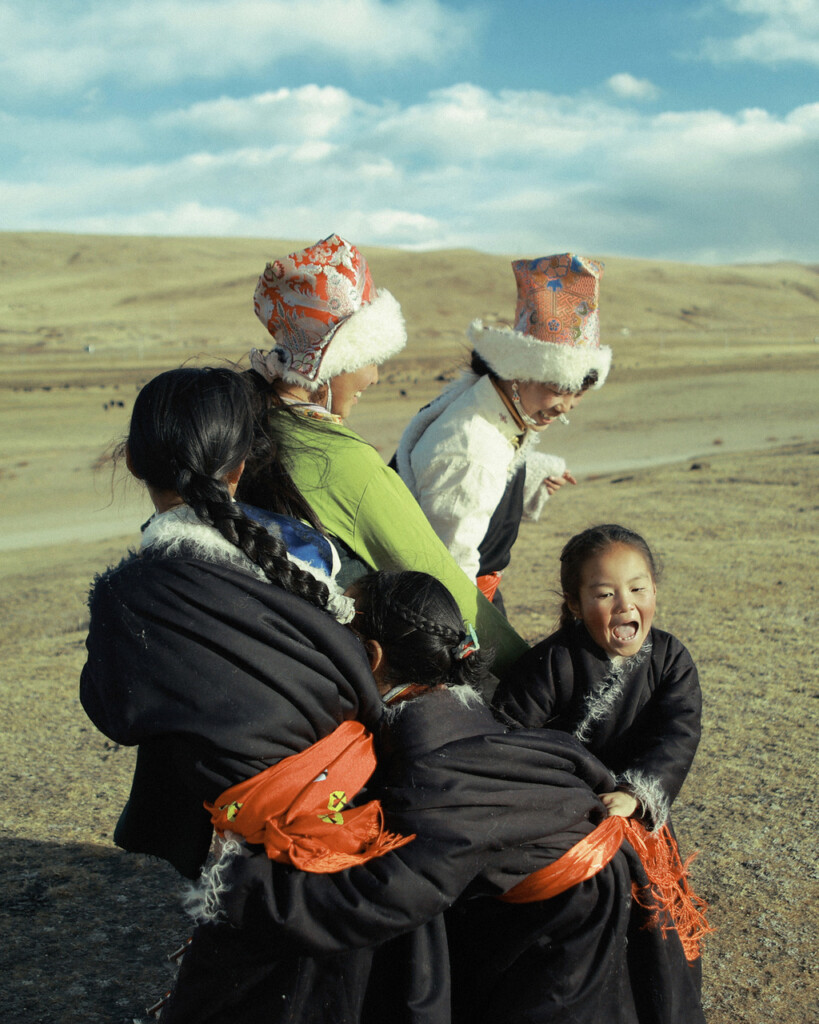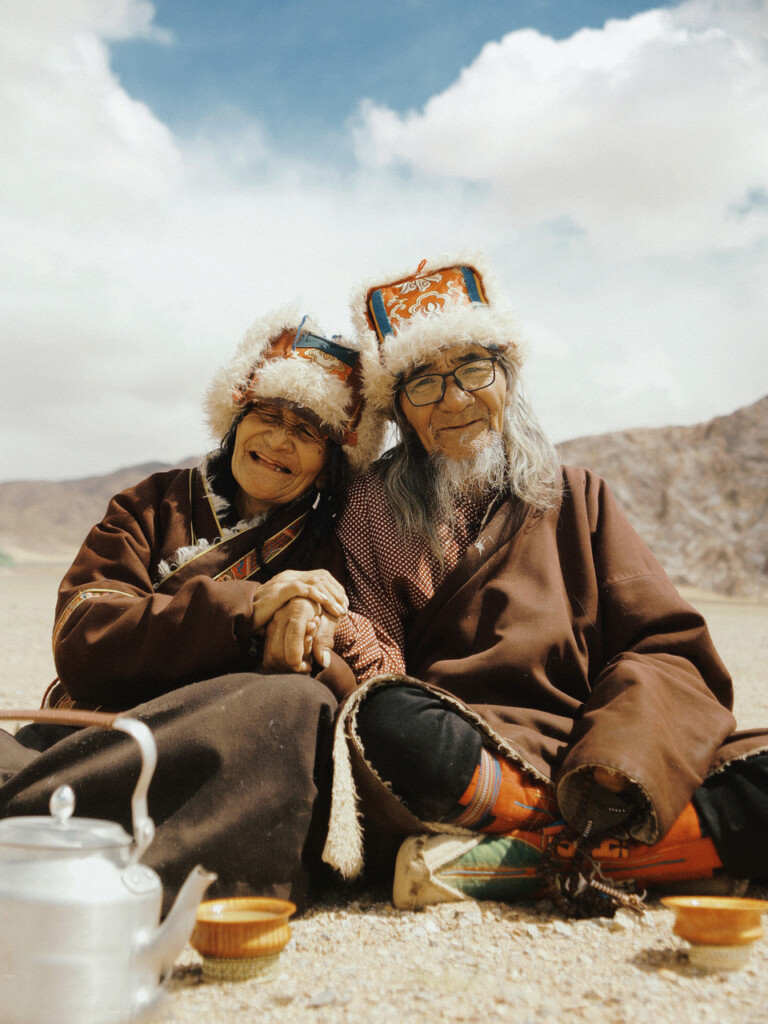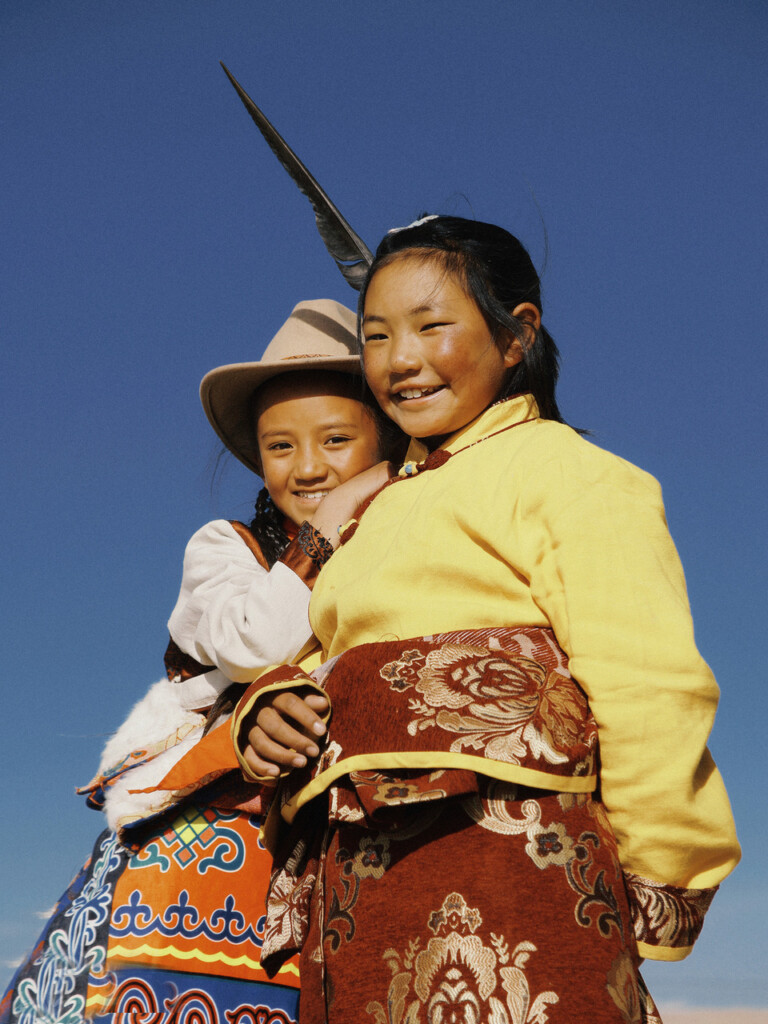Azeros Lin
What inspired this trip to Tibet?
The current situation of Tibetan survival in the Tibetan areas of China is a photography project that I have been working on for the past five years.


Why did you feel the need to document the Tibetan people? And what interested you about them?
With the development of Tibetan areas by the Chinese government, Tibetans are facing many unavoidable problems such as ethnic integration, changes in socio-economic structure, and urbanization. Firstly, I hope to record this change as an observer in the tide of the times. Secondly, I have a strong interest in Tibetan culture, religion, and history, and I actively participate in their protection work.
What are some examples of these changes going on in Tibet and how are they impacting the culture of the land?
I will give an example that I have encountered, which is due to administrative district planning and population migration. Farmers and herdsmen were forced to abandon the area where their ancestors lived and migrate to the outskirts of the city. Although houses, farmland, and pastures were also allocated, their way of life and traditional tools, including the murals and wooden carvings of silver tiles inside old houses, could not be fully relocated. Many things were lost during this process.


What are some of the things the people there do to combat these things?
The basic choice is not to confront, because policies will provide them with sufficient corresponding compensation economically.
How did you want them to be displayed and what steps did you take to do so?
The recording forms I am currently using include images, documentaries, and textual documents. Images are my strongest and easiest to visually display, and other methods are still being organized and improved. In terms of content, I will first showcase the outstanding side of Tibetan culture, and gradually unfold the difficulties and deeper stories through various forms.
Is there a good story behind you finding these people to capture? Did they welcome you?
I am very popular in the Tibetan region, and the Tibetan people are very particular about worldly wisdom and understanding. Many people are friends of my friends or become new friends during the filming and communication process. China is a multi-ethnic country, and the Tibetan population has a certain scale. Through genetic sequencing, I also have a slight ancestry of plateau ethnic groups. This allows me to live and work at high altitudes without any problems.


Is there anything you learned about them and their culture?
I have a certain understanding of the history, culture, and religion of the Tibetan people. I have also had some exchanges with Tibetan monks and scholars. Next, I am more interested in the inheritance of Tibetan art, especially in painting and music. As we all know, Tibetans are a nation that is good at singing and dancing, and they have unique ethnic characteristics in murals and clothing design.


What was a highlight for you while taking the photos?
Perhaps it’s because I hope to capture the most sincere beauty they show in life. These moments are often displayed by them but not recorded by anyone else. So I may spend a lot of time waiting and even integrating into their lives.
How was the process of this integration into their society for you? What has changed in the five years you’ve been doing this?
I will try to talk to them about some religious-related content, about the story of a highly respected monk, which can resonate with them more. I will gradually accept their worldview and values, and I believe that people with faith will inevitably resonate on a deeper spiritual level.

The clothing they wear is really beautiful and colorful, are there any good stories behind their clothing that they told you about?
Their clothing is distinguished by their tribe, and many patterns and style designs represent the beliefs of their tribe or the aesthetic accumulation of thousands of years.
Are there any specific names for some of the garments/designs they wear? Or names of some of the traditional music or dances?
Each of their tribes has its own unique clothing, design styles, and totems, which can still be preserved, but the materials used for production have been replaced by industrial compounds instead of natural materials.
Their songs also have specific names and a wide variety. These can be found in the encyclopedia. But due to their numerous tribes, the same song and dance have different names in different places. Some songs are derived from life, such as the song of shearing wool, the song of digging salt, the song of toasting, and so on.


Why was it important to capture a range of generations?
It’s simple, now is an important period of accelerated development in this Tibetan region, where changes and disappearance are also accelerating. Many people only see the positive side of economic development, but traditional customs, production tools, and culture based on agricultural societies may be rapidly phased out.
Did you find any similarities of their culture to yours?
The most similar thing is the social integrity system. But in terms of religion, it’s very different. For Tibetans, this is higher than the social integrity system. It’s quite complex, and it’s okay if we don’t say it.
Any differences?
The most important thing is still the religious system of the Tibetan people. The Chinese government is quite clever in handling the traditional Tibetan system of integrating politics and religion. For every village, having a white tower to look up to is the greatest support for their happy life.
On the other hand, they preserve their festivals and traditions very well.


What was the best thing you took away from the shoot?
When you move away from the city, come to the foot of the snow-capped mountains, return to the embrace of agricultural civilization, and feel the local people’s way of life, that feeling seems to have traveled through time and space.





